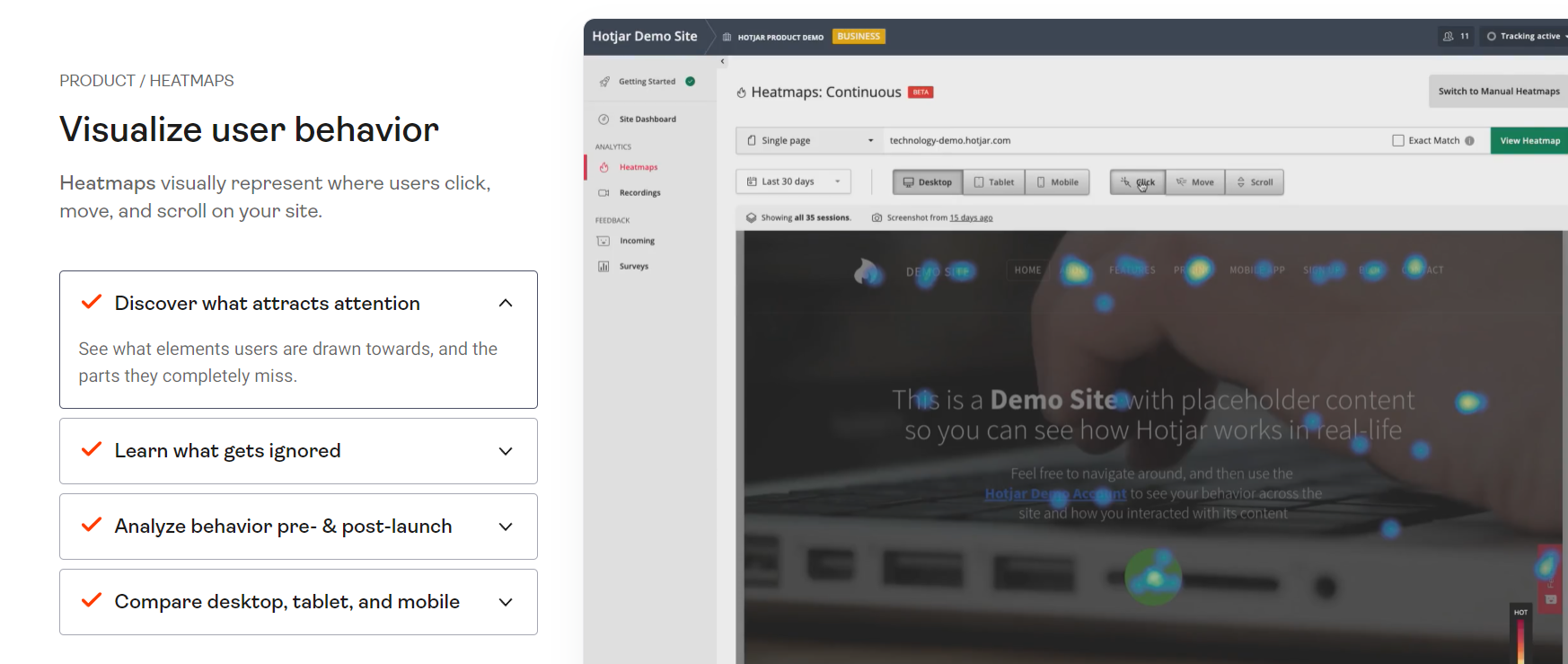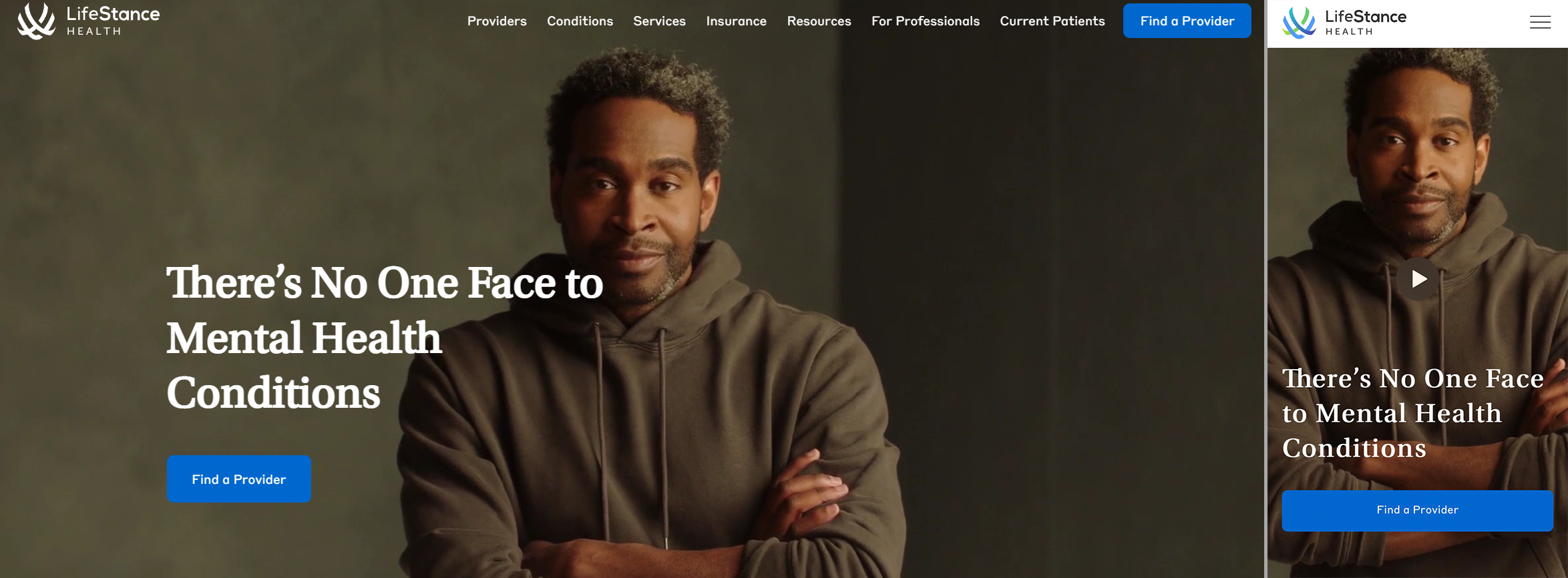You say user experience; I say what about on-page SEO best practices. You say split testing; I say what about duplicate pages. Herein lies the rub: often, the best interests of SEO and CRO come into direct conflict. The good news is that SEO and CRO can not only coexist but even find mutual benefit.
Just ask Rich Briddock, our own CRO guru. Here’s Rich in How to Balance UX & SEO in Website Design, talking about common ground: “A benefit of running both CRO and SEO together is that both disciplines have their own research methodologies. When you combine those research methodologies, you get more of a holistic understanding of the end-user.”
To help you achieve better alignment between SEO and CRO, here’s a look at where these two disciplines conflict, align, and … gasp! … synergize.
First, Let’s See Where SEO and CRO Potentially Conflict
You might argue that SEOs get the short end of the stick, as they answer to two shot-callers (the users and Google), while the CRO only answers to one (the user). Still, there are a few really effective CRO strategies that make SEOs sweat and vice versa.
Content Swapping
This is the practice of dynamically swapping content sections depending on a variable. This can be small sections of content, such as geo language or something large like the entire focus of a page. For clarity, we organize “geo swapping” (swapping pages or content based on a user’s location) under content swapping, as the same rules generally apply.
We know that a fundamental way to improve engagement and conversions is to personalize the experience. For example, many CROs will serve up different headers, content sections, and so on depending on the user. These and other personalization strategies can create some friction for SEOs.
On that topic, here’s John McAlpin, our SEO Director. “When you try to change things for the specific end-user dynamically, and whenever you have these dynamic things moving on a website, depending on what they are, that can cause conflict with SEO. […] That could be URL redirects of something else. It could be that the content completely changes imagery.”
Does that rule out personalization strategies? Certainly not. But a CRO’s counterparts in the SEO department need to be aware of what’s running and what’s coming to allow for spot adjustment that might help avoid SEO penalties. Typically content swapping is only okay if:
- Keywords aren’t affected
- The main purpose of the page is unchanged
- Page load speed isn’t affected
Content Rearrangement, Microactions, and CTA Swapping
Sometimes, rearranging content on a page can help increase engagement and conversions. SEOs will also recommend rearranging content on a page in order to satisfy search intent. When rearranging content:
- Make sure this test is static and not dynamic
- Keep an eye on your rankings
You might also use microactions, such as small animations, objects moving, or colors changing, based on user interactions. In our experience, microactions are welcomed in all aspects of web performance, including both SEO and CRO.
The same goes for CTA swapping or changing CTA text, target locations, and position on the page. If changing a CTA can improve conversion rate, go for it!
URL Testing & Heatmapping
Most CRO testing platforms offer split URL testing. In a split URL test, you send different traffic to different pages, depending on a number of factors. In fact, you might categorize this form of testing under personalization, but I digress.
The problem? Split URL testing essentially requires two versions of the same page. From an SEO point of view, these pages might actually compete for the same keywords, rankings, and so on. Again, communication is key if you’re running split URL testing. As described in Google Search Central, you can at least tell Google which page you want the search engine to consider (canonical URLs).

As far as heat mapping (HotJar, Mouseflow, etc.) goes, here are a few things to keep in mind:
- Everything in moderation, as all heatmap tracking systems add significant bandwidth to load speeds
- Setup limits on how long the heatmap will run, then remove the script from the site
- Delay script execution in GTM
Desktop vs. Mobile Experimentation
This is the practice of serving a different experience for mobile and desktop users. Generally, we don’t recommend this. Nor does Google, which strongly recommends serving the same experience for users on mobile and desktop. A truly responsive website will accomplish this. However, what Google is mostly referring to is content and the main purpose of the page. If there are small design tweaks that need to be made, these may be acceptable.

Just check with your SEO! And keep in mind that most of the world accesses the web on mobile devices, which is why Google has moved to mobile-first indexing.
“Even something as simple as changing a headline on H1 to be motivational as opposed to something that’s more descriptive or factual that may be good to help rank. Those are little things that can really help the user experience, but may really hurt organic rankings. I think that’s where you’ve got to move with this fine to tight between user experience and SEO best practices.”
How to Make SEO and CRO the Best of Frenemies
The best way to make an enemy of a colleague is to surprise them with a change that directly impacts their ability to be successful. SEOs and CROs tend to align better when a few things are true:
- Communication is strong
- Both teams have a common end goal
- Testing is always conducted with SEO in mind
Site speed testing is a great example of how these two teams align. Sometimes, CROs will run tests that indicate that improving a page’s load speed will improve CVR. You’ll be hard-pressed to find an SEO that will argue against improving page speed, which is an important ranking factor
“You could have a potential negative impact on SEO, so it’s critical that the things are checked and vetted and that the proposed experiences pass the SEO team just to make sure that there’s no negative impact.”
Be Prepared to Compromise for the Greater Good
SEO isn’t gospel, and neither is CRO. Both disciplines ultimately have the same goal: to drive more business by catering to people’s needs. Neither group is going to win every battle along the way! As John McAlpin puts it, “sometimes you gotta take the L on some of those ranking factors. If an H1 is not going to be how you want it, but it’s going to drive better conversions, then maybe you should test it and see.”
If that’s not a compromise, I don’t know what is.
A simple but common opportunity for compromise is on-page content. Generally, SEOs want more content to help rank, which might run contrary to user experience (UX) best practices. However, the two teams can work together to strike the right balance and make things scannable and easier to read, such as:
- Tight and interrelated header structure
- Table of contents
- Jump back to top links
- Estimated reading time and scroll progress indicators
Combine Research Methodologies
Although SEOs and CROs have their own approaches to research, both reveal a lot about the end user. From keyword research to user testing, the better this research can be shared, the more holistic your understanding of the end-user will be.
- Share qualitative info, such as onsite activity and user behavior
- Together analyze competitive research to look for mutual opportunities
- Consider different funnels from all perspectives and look for crossover
- Look for mutual barriers to conversion
“A benefit of running both CRO and SEO together is that both disciplines have their own research methodologies. When you combine those research methodologies, you get more of a holistic understanding of the end-user. There’s a lot of qualitative information that’s being captured in the CRO research process.”
Collaborate on Roadmaps
More than likely, your SEO and CRO teams already use roadmaps. It’s how teams prioritize activities based on the effort required vs. potential business impact.
Your counterparts on the other side might be interested to see how you prioritize activities, for example, or any upcoming tests or deployments that might affect the other team. This is an opportunity to raise awareness and ensure no surprises before go-live.
It’s how we at Cardinal minimize the so-called dealbreakers we detailed above, such as duplicate content, sporadic testing, or significant content modifications.
“At the end of the day, the prettiest websites are often the worst performing. Keep that in mind when you’re looking at your competitors. Please don’t just do whatever [based on] comparison […] Google’s number one strategy and recommendation is that if you want to rank well, you need to create a great website.”
Ultimately, It’s About Starting Small, Communicating, and Understanding the End Goal
Our own Rich Briddock sums it up well: “Just always communicate and remain agile.” We’ve found great success by avoiding the tendency to jump into big new changes headlong. And when we do, we do our due diligence first, including contingency plans for anything that goes wrong.
Today, a good website experience and strong SEO go hand in hand. Both hinge on your team’s ability to understand the needs of your end user. And both SEO and CRO can bring unique insights that help the other side make more informed decisions about strategy.
Just make sure to talk to your counterparts before pressing the launch button.

